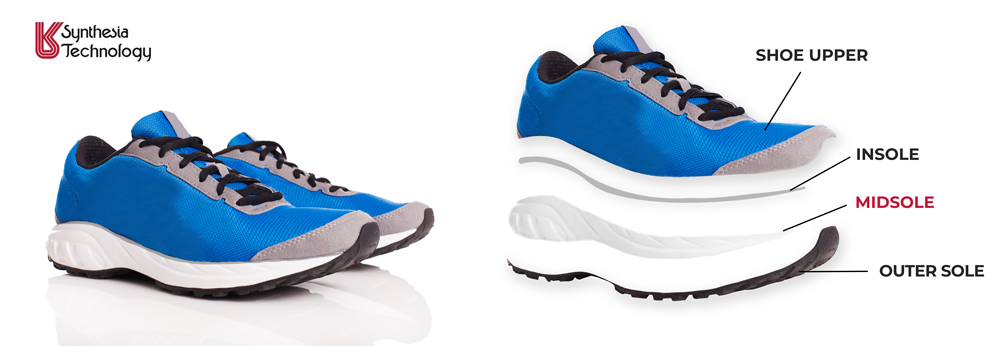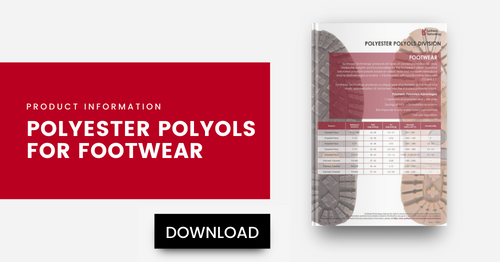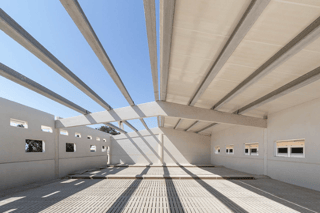For many years Synthesia has focused its activity on the manufacture of polyester polyol for the Polyurethane industry, developing polymers of great versatility and high performance for different final applications.
.jpg?width=616&name=male-feet-in-sneakers-running-on-the-treadmill-at-the-gym-exercise-concept%20(1).jpg)
There are all types of polyester polyols with varied characteristics of acidity, OH, functionality, molecular weights and chemical nature to suit the different applications. Synthesia Technology produces Polyesters for the footwear market such as HOOPOL F-110-1000, F-113, F-772-P and Polyesters such as the Polymeric Polyester PM-245 and the Polymeric Polyester PM-2245. In addition, in recent years, Synthesia Technology is also developing BIO-HOOPOL products based on renewable raw materials and/or with a lower carbon footprint.
What are Polymeric Polyesters?
As a result of the controlled polymerisation of vinyl monomers in a polyester matrix, stable dispersions are obtained, which are called polymeric polyesters,, developed by Synthesia Technology.
This family of dispersions is mainly used in the footwear soles and midsoles sector, although there are other applications such as in the automotive flexible foam business.
In the footwear field these dispersions are called HOOPOL PM. They offer cost savings as they require less isocyanate consumption and better mechanical properties, which in many cases allows the density of the microcellular foam to be reduced.
The structure and properties of the elastomer are influenced by the method of synthesis of these dispersions, such as their particle size, as well as the structure of the underlying polyester.
The introduction of polymeric polyols in footwear systems has wide application prospects.
Polymeric Polyester polyol: Main advantages
The key benefits that can be achieved by using polymeric polyesters in the formulation of footwear soles, midsoles and insoles are as follows:
- Better cell structure: comfort (thinner and more uniform cells).
- Improved dimensional stability.
- Increased hardness at equal density.
- Achieve lower density at equal hardness.
- Reduce formulation cost (by saving isocyanate).
- Improve skin appearance in water-based formulations.
- Improved demoulding cycle, faster demoulding cycle improves performance.
- More mechanical properties and lower densities.

The fact that they contain a polymeric dispersion filler also improves their mechanical properties, especially hardness, tensile strength and abrasion resistance, as we have already mentioned.
At Synthesia Technology we offer solutions for the footwear industry with important qualities and features that provide great resistance, flexibility, versatility of finishes and mouldability thanks to their diversity of densities to adapt to different types of footwear.



.png)







